Market Share
Antimicrobial Packaging Market Share Analysis
In the rapidly evolving landscape of the antimicrobial packaging market, companies are deploying various strategies to establish their presence and secure a significant market share. Differentiation is a primary strategy where companies emphasize unique features or capabilities of their antimicrobial packaging solutions. This could involve offering packaging materials embedded with antimicrobial agents or incorporating innovative technologies that inhibit the growth of bacteria, mold, or fungi. By positioning themselves as providers of distinctive and high-quality antimicrobial packaging, companies can attract clients seeking effective solutions for preserving the freshness and safety of their products, thus gaining a competitive edge in the market.
The increasing demand for packaged food across the globe, which is due to the increasing employed population and lesser time for preparing home food is the major market driver for the antimicrobial packaging market growth. Moreover, the increasing urbanization and the developing economic condition of major countries are also propelling the overall growth of the antimicrobial packaging industry.
Cost leadership is another critical strategy in the antimicrobial packaging market. Companies strive to offer cost-effective packaging solutions without compromising on antimicrobial efficacy or overall performance. Achieving cost leadership involves optimizing manufacturing processes, sourcing antimicrobial additives efficiently, and leveraging economies of scale. By positioning themselves as providers of affordable antimicrobial packaging options, companies can appeal to cost-conscious clients, particularly in industries where cost containment is a significant concern. However, it's crucial to ensure that cost savings do not compromise the effectiveness of the antimicrobial properties of the packaging to maintain customer satisfaction and trust in the long run.
Niche positioning strategies are also prevalent in the antimicrobial packaging market. Companies often specialize in providing packaging solutions tailored to specific industries or applications. For example, a company may focus on antimicrobial packaging for the healthcare sector, offering solutions that meet stringent regulatory requirements for medical device sterilization or pharmaceutical product protection. Alternatively, a company might specialize in antimicrobial packaging for food and beverage products, addressing requirements for extended shelf life and food safety. By positioning themselves as experts in a particular niche, companies can cater to the unique needs of customers in that segment, gaining a competitive advantage and a larger market share.
Distribution and channel strategies play a vital role in market share positioning within the antimicrobial packaging market. Companies must establish efficient distribution channels to reach customers effectively. This may involve collaborating with packaging distributors, wholesalers, or directly supplying antimicrobial packaging to manufacturers and retailers. Additionally, leveraging digital platforms and e-commerce channels can enhance accessibility and reach a global customer base. By optimizing distribution channels, companies can increase market share and competitiveness in the antimicrobial packaging market.
Branding and marketing efforts are essential components of market share positioning strategies in the antimicrobial packaging market. Companies must develop strong and recognizable brands that resonate with their target audience. This involves investing in branding initiatives that communicate the company's values, commitment to quality, and innovation in packaging technology. Marketing efforts should focus on showcasing the unique features and benefits of the company's antimicrobial packaging solutions, along with demonstrating how they address specific industry challenges and customer needs. By effectively branding and marketing their products, companies can differentiate themselves from competitors and gain a larger market share.
Customer experience and service are critical factors in market share positioning strategies within the antimicrobial packaging market. Providing excellent customer service, offering personalized solutions, and ensuring reliable post-sales support are essential for building strong relationships with clients. Companies must prioritize responsiveness, flexibility, and transparency to meet the diverse needs of customers and ensure their satisfaction. By positioning themselves as dependable partners who prioritize customer success, companies can enhance their reputation and gain a competitive edge in the antimicrobial packaging market.

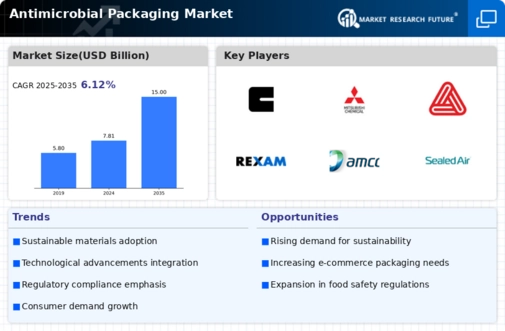
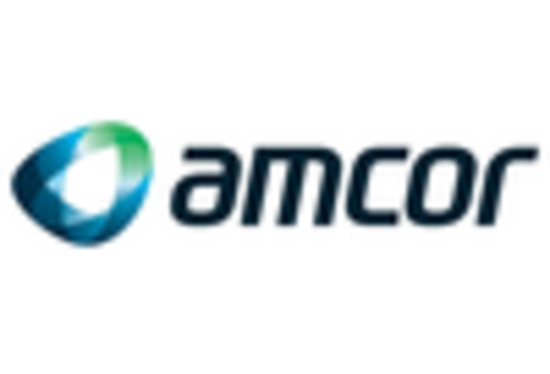

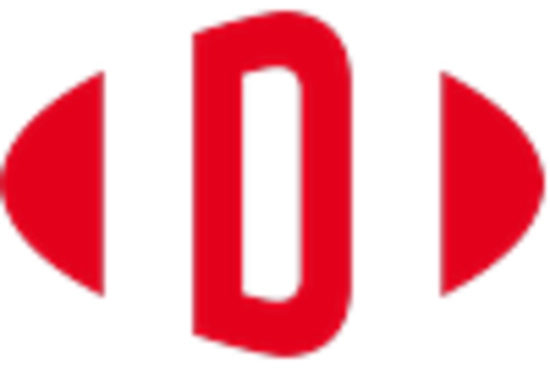

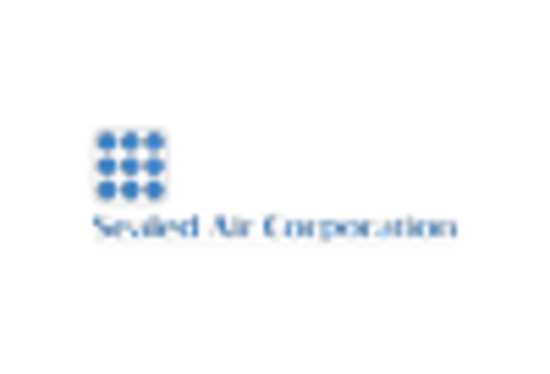
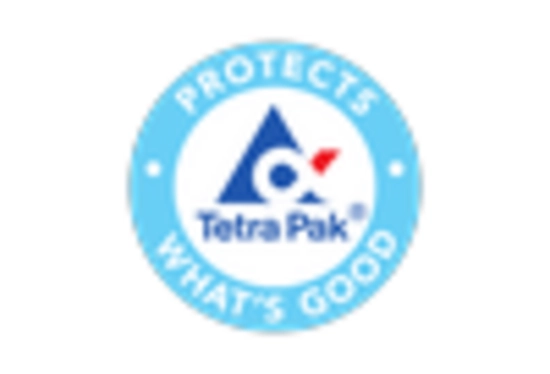









Leave a Comment